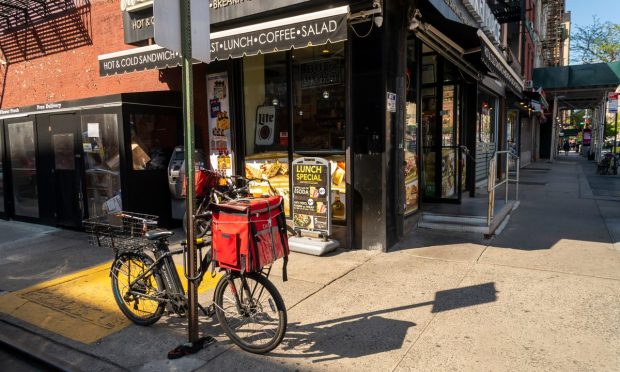NYC Wrestles With Quick Commerce Firms

Last year saw an explosion of quick commerce businesses in New York City, startups pleading to deliver online groceries to customers in as little as 20 minutes.
And as CNBC reported Friday (Feb. 4), business leaders and government officials worry these startups could begin to push out New York’s bodegas and corner stores, and are using zoning regulation to keep the growth of these companies in check.
How this issue plays out could have implications for other cities dealing with the expansion of the quick commerce sector, the report notes. Quick commerce facilities operate in something of a gray area, as far as zoning is concerned, Gale Brewer, a Democratic City Council member, told CNBC.
For example, the Gopuff storefront on the city’s Lower East Side is based in district that’s zoned residential, and housed in a mixed residential/commercial building. But fulfillment centers are typically considered warehouses, which are zoned for manufacturing and commercial districts.
“It’s something that is not 100% clear because this type of use did not exist in 1961 when the use categories were created in the Zoning Resolution,” said New York-based land use lawyer Elise Wagner, a partner at Kramer Levin. “There was an idea back in 1961 that a warehouse was incompatible with residential use. I don’t know if that is something that people would agree with today.”
Quick commerce firm Gorillas, which has 16 warehouses in New York, told CNBC it meets city zoning rules by allowing customers a place in their facilities to wait for their order to be prepared and delivered to them in person.
“As a grocery delivery business, Gorillas understands and complies with the requirements to be a retailer in the locations where we operate,” Adam Wacenske, U.S. head of operations at Gorillas, said in a statement.
Read more: Ultrafast Grocers’ Losses Mount in the Face of an Uncertain Future
Zoning isn’t the only challenge facing these grocery services. As PYMNTS reported last month, there’s some question about the long-term survival of these businesses, which are losing money on each order.
“It’s definitely structurally better if your item arrives in an hour than if it arrives in a week or longer,” Hungryroot’s Alex Weinstein told PYMNTS. “However, at a certain point, there’s just diminishing marginal returns … [It] is small AOV scenarios that really aren’t particularly either profitable or scalable.”
